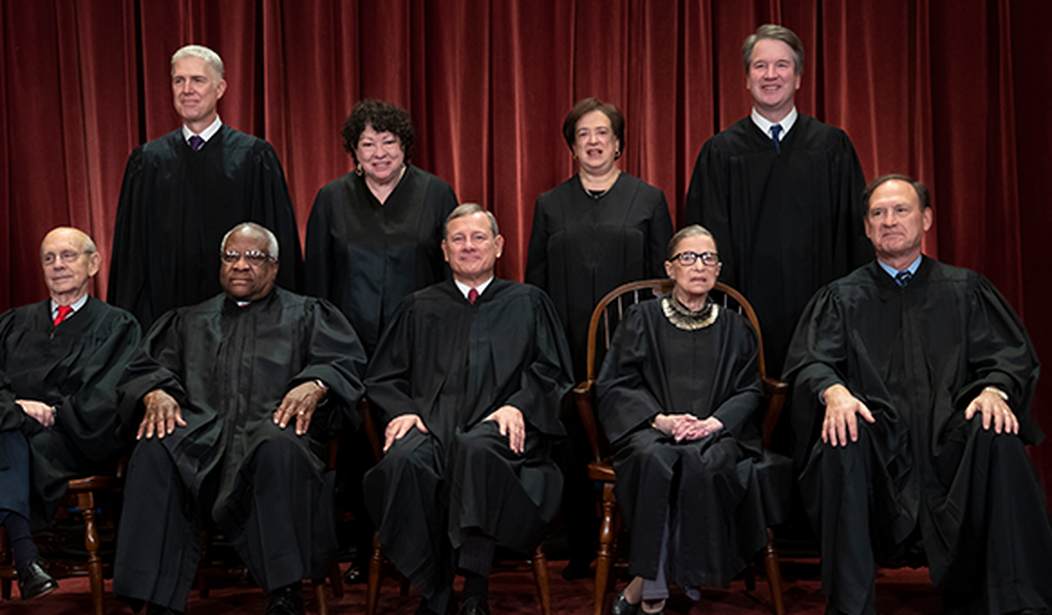Justices Brett Kavanaugh and Neil Gorsuch are showing their independent streaks, disagreeing on three decisions on the same day.
According to Law & Crime, the differing opinions came after Kavanaugh joined the Supreme Court’s liberal bloc last week in Apple v. Pepper’s ruling that consumers have the standing to sue Apple.
Monday’s disagreements came in decisions on Herrera v. Wyoming, Mission Product Holdings v. Tempnology LLC, and Merck Sharp & Dohme Corp. v. Albrecht.
In Herrera v. Wyoming, Justice Gorsuch joined Justice Sotomayor's five-justice majority opinion upholding Native American hunting rights under an 1868 treaty and rejecting the claim that these rights had been extinguished either by Wyoming's statehood or the creation of Bighorn National Forest. Justice Kavanaugh joined Justice Alito's dissent. The rest of the Court split along traditional left-right lines.
In Mission Product Holdings v. Tempnology LLC, Justice Gorsuch was the lone dissenter, as he would have dismissed the case due to mootness concerns. Justice Kavanaugh joined Justice Kagan's eight-justice opinion for the Court.
In Merck Sharp & Dohme Corp. v. Albrecht, Justices Gorsuch and Kavanaugh concurred with each other on the proper judgment, but embraced differing rationales. Justice Gorsuch joined Justice Breyer's opinion for the Court (along with Justice Thomas and the Court's other liberals). Justice Kavanaugh, on the other hand, joined Justice Alito's opinion concurring in the judgment (as did the Chief Justice). (Reason)
Recommended
Jonathan Adler, law professor at Case Western Reserve University's School of Law, cautioned that the differences don't necessarily mean one justice is more conservative than the other, but reflect "meaningful differences in method and underlying jurisprudence."
He also said their experiences may have had a hand in shaping their differing opinions, pointing out that Gorsuch likely came across questions relating to Indian Law while on the Tenth Circuit more than Kavanaugh would have in Washington, D.C.
Adler concluded: "While it may be premature to draw broad conclusions about the nature of their differences, these splits show that Trump's two nominees to the Court are anything but carbon copies or clones of one another."

























Join the conversation as a VIP Member